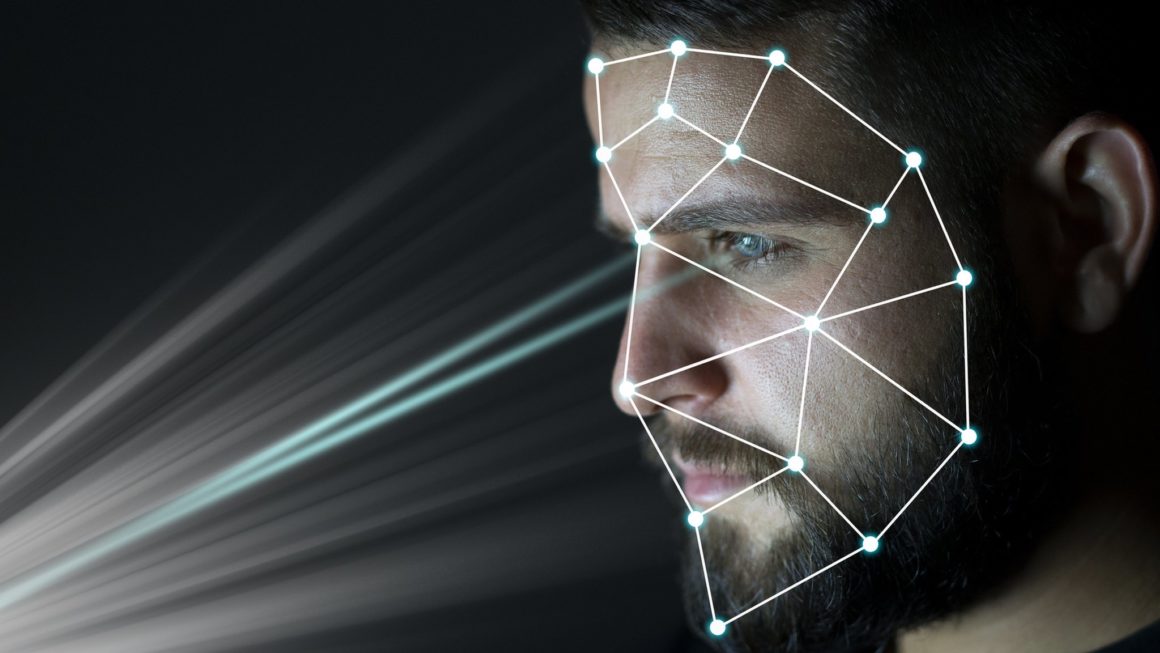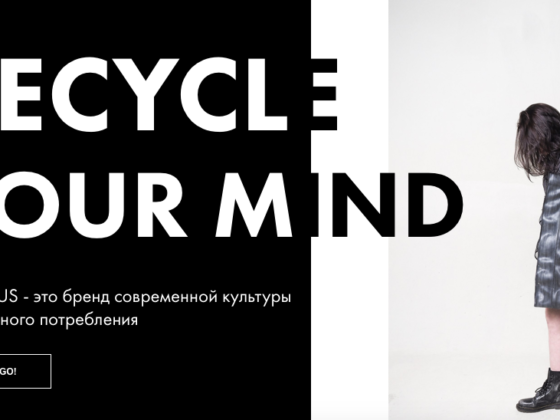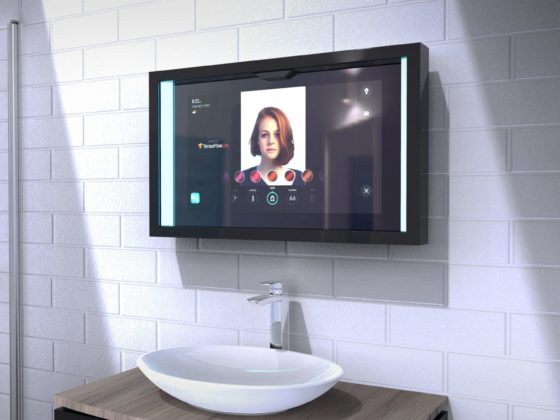WHAT IT IS?
Imagine a high technology buffet restaurant placed in an hotel with full of face recognition cameras and sensors on the buffet.
The cameras tracks the food you choose over the buffet while the sensors tracks the quantity of the food you choose.
For the client, at the end of the day you’ve a full analysis of what you eat (breakfast, lunch and dinner). You know all the calories you ingested, the amount of proteins, carbohidrats and all the vitamins.
For the hotel, you have a full 3D picture with information of what’s happening on your restaurant, you track the most popular dishes in your buffet, and you can discard the most wasted dish. Also you can know the most popular ingredients and the routes, routines and habits inside the restaurant throw the cameras.

WHY IT´S COOL?
For the Hotel
- You have a lot of data from your costumers and what’s happening on the restaurant
- You can quantify the waste and the ingest of food from your clients in your restaurant
- Cool way of tacking your costumer information throw an app
- A super interesting product for the hotels related into sport-holidays
- You can know what are the coolest products in your restaurant
For the costumer
- A good way to control the ingestion of calories on holidays.
- Cool way to learn how to eat
- You can have food recomendations to stay fit during your holidays.
- You can track where this food comes from and have a little story about it, a good point for local suppliers and proximity products

WHY IT HAS FUTURE GROWTH POTENTIAL?
One third of all food produced is wasted each year. Calculations from the UK estimate that about 18% of annual food waste is created by the hospitality and food service industry, with 1 in 6 meals in hospitality being wasted.
93% of consumers want to eat healthy at least part of the time, and 63% try to eat healthy most or all of the time. Those findings are from L.E.K. Consulting’s Food and Beverage Survey of nearly 1,600 consumers. The survey asked about attitudes and preferences towards healthy and sustainable food and beverages.
The L.E.K. came to three main conclusions:
Consumers look for nuanced claims that communicate specific attributes related to health and wellness, ethics, and the environment.
Consumers want their food to have an ever-expanding range of benefits.
Consumers will pay more for foods that deliver the benefits they claim.



Gladys Najera
Carl Rohde
Carl Rohde
Lidia Valdés Castelló
Charitha Goda
Nino Sujashvili